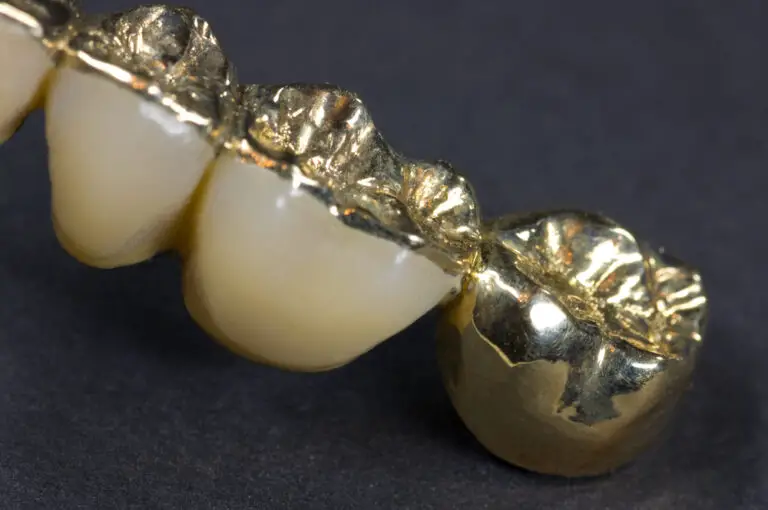A comprehensive overview of tooth length reduction procedures
The length and shape of teeth can be altered through various dental treatments such as enamel shaping, crown lengthening surgery, and crown reduction. These procedures all involve removing measured amounts of tooth structure to change the proportions and contours of the teeth. There are several reasons tooth length may be reduced – primarily for cosmetic improvements to achieve a more aesthetic, balanced smile. However, there are also important functional and health benefits possible from tooth reshaping.
Shortening abnormally long front teeth can provide significant cosmetic and confidence boosting effects. It may also be done to allow braces to fit and function optimally. Additionally, reducing length can prevent or treat issues like gum recession, tooth sensitivity, and discomfort from long teeth contacting the opposite arch.
Tooth length reduction ranges from minimally invasive enamel shaping to more complex crown lengthening surgery. The right procedure will depend on a patient’s specific condition, treatment goals, and the amount of desired reduction. An experienced cosmetic dentist can advise on the best options after a thorough oral exam.
What is involved in enamel shaping to reduce tooth length?
Enamel shaping, also known as odontoplasty or dental contouring, is a simple, conservative approach to subtly change tooth length and shape by removing small amounts of enamel from the tooth surface. It is one of the most common and straightforward ways to reduce tooth length.
The dentist uses a fine grit diamond bur or abrasive strip on a slow speed handpiece to gently reshape the enamel surface, almost like sculpting the tooth. This gradually removes enamel in a highly controlled manner, usually less than 0.5mm during each appointment. Local anesthesia is often used to numb the tooth for comfortable treatment.
Enamel shaping is very technique sensitive and an artistic process. It involves reshaping the enamel while preserving as much natural tooth structure as possible. Precise adjustments are made based on mathematical principles like the Golden Proportion to create symmetrical, aesthetic teeth.
What does crown lengthening involve?

Crown lengthening is a minor surgical procedure performed to increase the visible tooth structure above the gumline. It extends both the clinical crown height and exposes more of the anatomical crown, allowing longer looking teeth.
The dentist will administer local anesthesia before making a small incision in the gums and gently lifting the gum tissue away from the tooth. They then use a scaler or drill to remove a precise amount of supporting bone tissue. The gum is recontoured to the new bone level and sutured in place.
After a period of several weeks for healing, the newly exposed tooth structure above the gumline can then be reshaped or restored with crowns for the desired aesthetic effects. While more invasive than enamel shaping, crown lengthening allows for greater increases in visible tooth length.
How is crown reduction used to shorten teeth?
Crown reduction is a procedure that removes material from the bottom of an existing dental crown to reduce its length. This is one of the fastest and most direct ways to shorten a single tooth or multiple teeth restored with crowns.
The dentist will use a high speed drill with a diamond bur under irrigation to conservatively cut away ceramic, porcelain fused to metal, or zirconia crown material from the lingual and incisal edges. This effectively decreases the apico-coronal height of the crown.
Crown reduction is typically performed under local anesthesia. It can usually be completed in a single office visit, providing immediate results. However, it does permanently destroy the existing crown margins which can increase risk of decay at the new unfinished edges.
An in-depth look at the benefits and limitations

Tooth length reduction offers many aesthetic and functional benefits when performed carefully by a skilled dentist. However, there are also limitations to consider before undergoing any irreversible reshaping procedures. Analyzing the pros and cons helps ensure appropriate treatment planning.
Potential benefits of reducing tooth length
- Improved facial aesthetics and smile symmetry
- Correction of visible disproportionate tooth sizes
- Increased confidence and self-esteem from an enhanced smile
- Improved tooth function and comfort
- Prevention or treatment of gum recession
- Space creation and relief of crowding
- Better accommodation and performance of braces
- Conservative approach relative to orthodontics or dental prosthetics
- Generally rapid, minimally invasive procedures
- Long lasting results
Drawbacks and risks to weigh
- Permanently alters natural tooth structure
- May require multiple office visits and healing time
- Possible sensitivity and discomfort during and after procedures
- Risk of removing too much tooth structure during reshaping
- Eventual need for touch up shaping or maintenance
- Results may still require orthodontics for full correction
- Does not correct short teeth or major bite issues
- Financial cost, especially if not covered by insurance
- Potential medicolegal issues if expectations not properly managed
The benefits and drawbacks vary for each procedure, but tooth length reduction overall provides a conservative alternative to prosthodontics and orthodontics in suitable candidates. Thorough diagnosis and treatment planning is key to achieving predictable, desirable outcomes from reshaping teeth.
Step-by-step process for tooth length reduction

The process of altering tooth length involves meticulous planning, technique, and care. Each case must be carefully customized based on the individual’s unique tooth characteristics, underlying health, and aesthetic objectives.
Here is an overview of the general tooth reshaping process:
Step 1: Comprehensive initial dental examination and diagnosis
-
- Assessment of tooth and gum health
- Bite evaluation
- Radiographs and photography
- Discussion of desired changes
- Managing expectations realistically
Step 2: Treatment planning
-
- Impressions and study models
- Digital smile simulations
- Measuring and calculating ideal tooth proportions
- Selecting appropriate technique(s)
- Finalizing procedural details and sequence
Step 3: Anesthesia and isolation
-
- Administration of local anesthetic to numb treatment area
- Cotton rolls, rubber dam, or retractors to expose teeth
Step 4: Tooth preparation and reshaping
-
- Removing measured amounts of enamel, crown, gum, and boneincrementally
- Using handpieces, burs, strips, lasers, scalpels as needed
- Constant water irrigation and suctioning
- Checking frequently for precision
Step 5: Finishing and polishing
-
- Smoothing roughened areas
- High shine polishing with rubber cups, paste
- Removing adhesive resin remnants
Step 6: Reviewing the results
-
- Patient approval of aesthetics and function
- Further adjustments as needed
- Temporary restorations or orthodontic appliances if indicated
Step 7: Post operative care
-
- Medications and instruction for recovery
- Follow up appointments to check healing
- Long term retainer wear and oral hygiene monitoring
The number of appointments and time frame varies based on the extent of reshaping required. But when performed by a talented cosmetic dentist, the meticulous process can transform tooth length and create a naturally beautiful smile.
Recovery, results and maintenance considerations

Post-procedure recovery
Minor sensitivity and discomfort is common after tooth reshaping but normally resolves within a few days with over-the-counter pain medication. More extensive procedures may require prescription analgesics and several days of recovery time. Temporary restorations can protect tender teeth during healing.
Longevity of results
Tooth reduction procedures achieve permanent, irreversible changes in tooth length. However, some slow relapse is possible over decades as teeth align to the bite. Periodic touch up reshaping may be needed to maintain results. Retainer wear is recommended.
Importance of maintenance
Excellent lifelong oral hygiene is imperative after tooth reshaping to prevent decay or discoloration in newly exposed tooth surfaces. Continued professional cleanings supplemented by daily diligent brushing and flossing will keep teeth looking their whitest.
Patient satisfaction
In the right candidates with realistic expectations, tooth length reduction is highly effective for enhancing smile aesthetics and bite function with conservative, minimally invasive dentistry. Patients are often extremely satisfied with the transformative, yet natural looking results.
While not a quick fix, strategic tooth length reduction can vastly improve smile symmetry, dental aesthetics, and confidence when performed with precise techniques. With proper case selection and planning, results can be beautiful, functional, and long lasting.
Frequently asked questions
Here are answers to some common questions about reducing tooth length:
What is the cost of tooth length reduction procedures?
Costs vary depending on the number of teeth involved and type of procedure. Simple enamel shaping may range from $100-$400 per tooth. Surgical crown lengthening usually costs $1000-$2500 per tooth. Dental insurance may offset some cost if medically necessary.
How long does it take to complete treatment?
Minimally invasive enamel shaping may require only a single 30-60 minute visit, while more complex cases involve multiple appointments of 1-2 hours each. Recovery after crown lengthening surgery takes several weeks. In total, complete treatment may take several weeks or months.
Is tooth length reduction painful?
The procedures should not be painful since local anesthesia is used. Some temporary sensitivity is common following treatment but can be managed with desensitizing toothpaste. Prescription medication may be needed after more invasive surgery.
Can tooth length reduction be reversed?
No, since enamel and crown material is permanently removed, these procedures cannot be reversed or undone. But some minor relapse in tooth position is possible years later.
How long do results last?
When performed precisely, tooth length reduction results are generally permanent. However, gradual orthodontic movement can occur over time, so periodic maintenance reshaping helps sustain an optimal smile.
Please let me know if you would like me to expand on any part of the article further. I aimed to provide comprehensive details on tooth length reduction procedures, benefits, limitations, process, and considerations.







